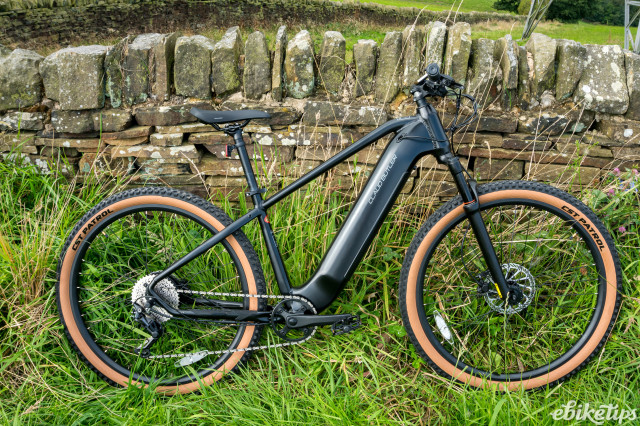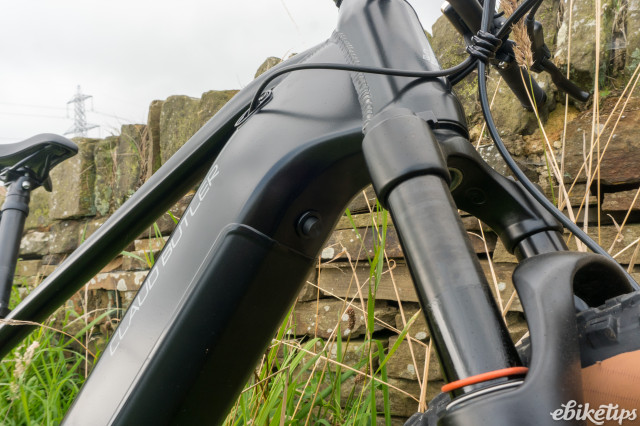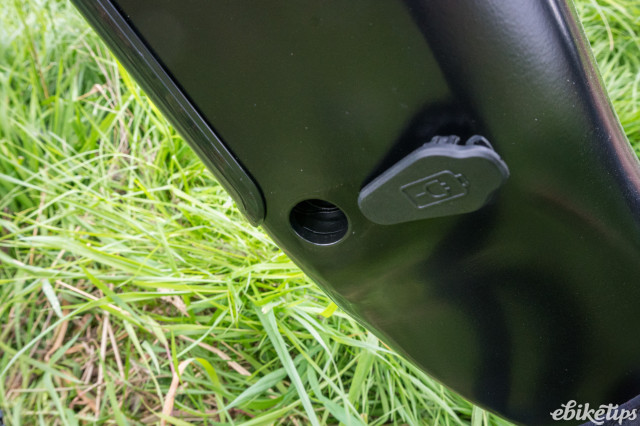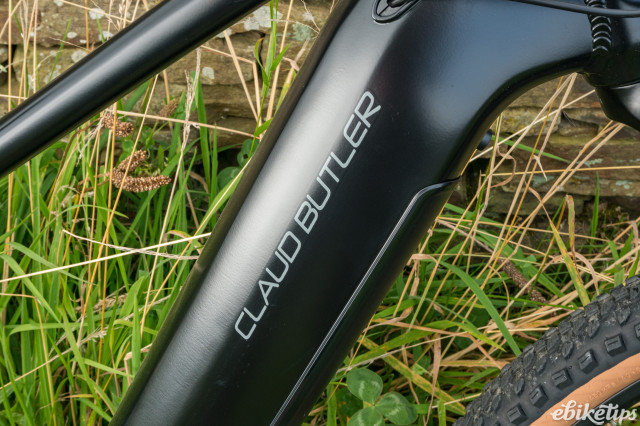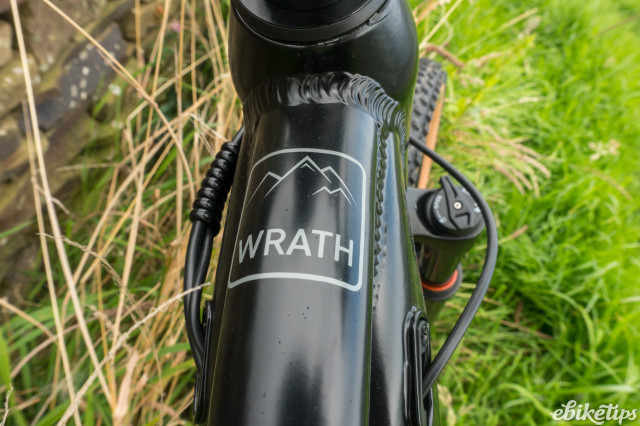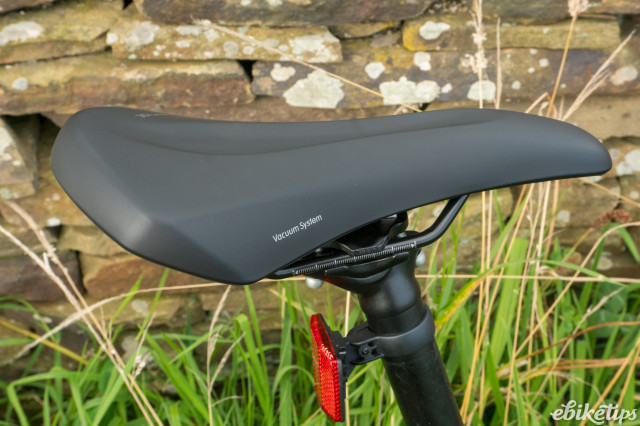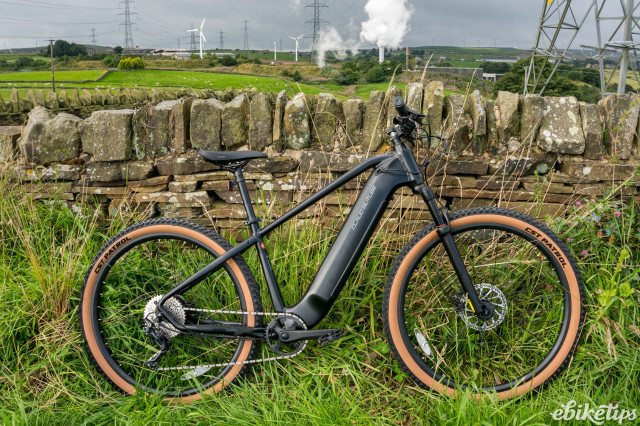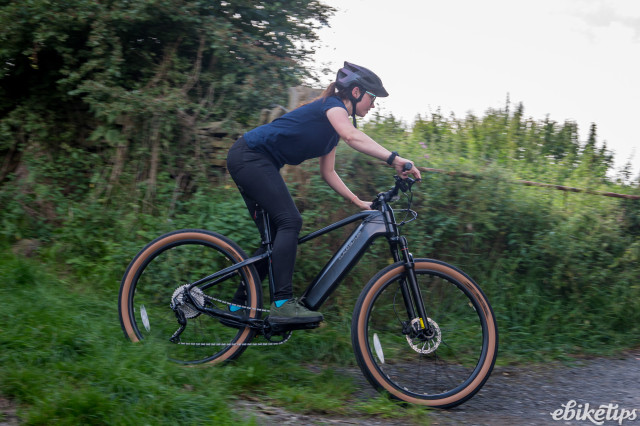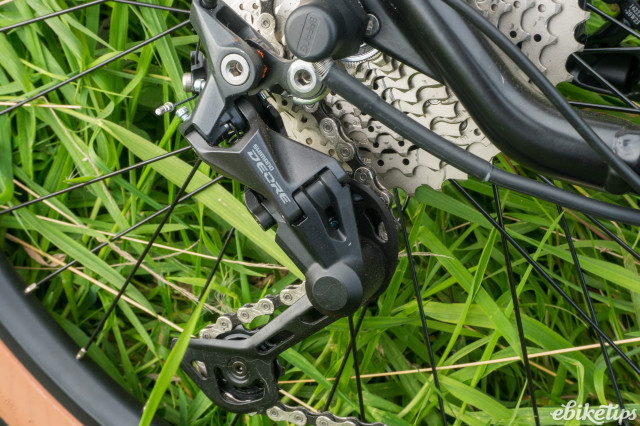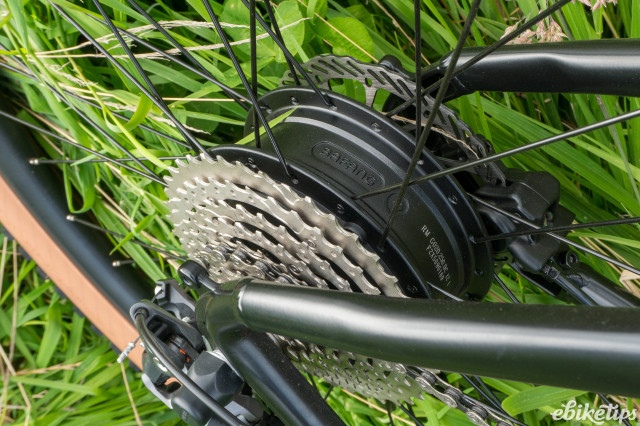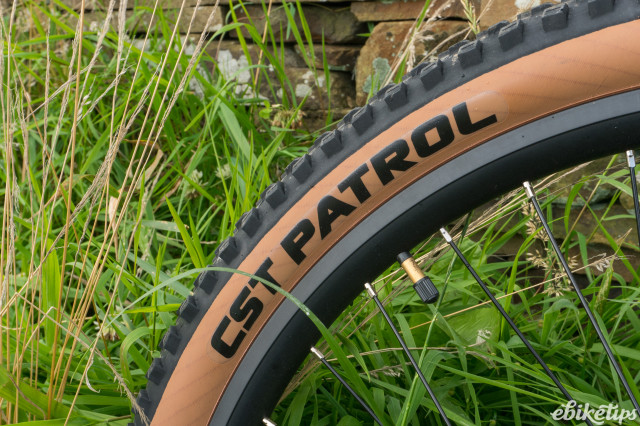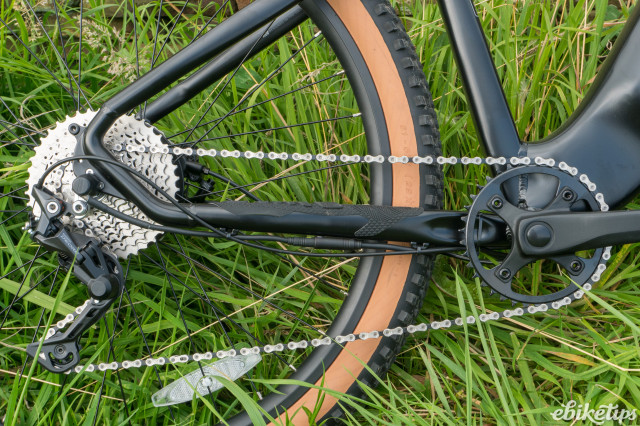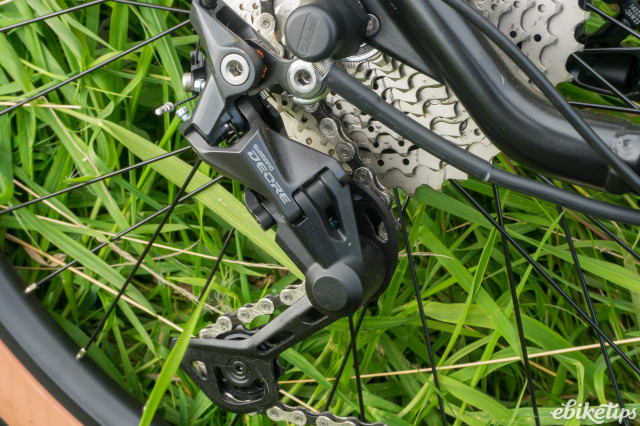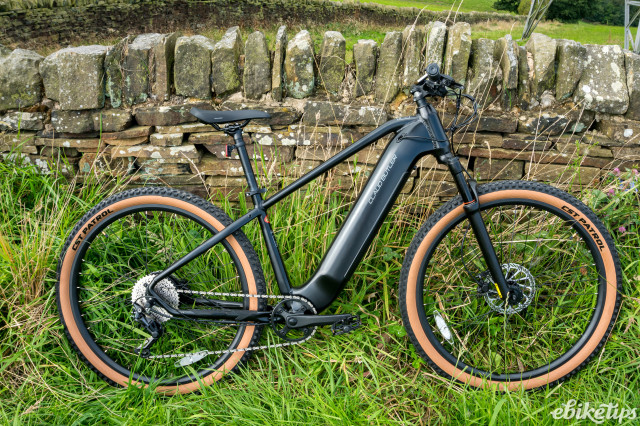Claud Butler Wrath 2.0
Overview
- Good value
- Comfortable riding position
- Motor a little laggy
One of Britain’s oldest bike brands, Claud Butler, has entered the leisure eMTB market with their latest Wrath models: the 1.0 and 2.0. The Wrath 2.0 was sent to Yorkshire for ebiketips to do a bit of testing around the local roads and bridleways.
At just shy of £2,000 and with a rear hub motor, the Wrath 2.0 is certainly more on the leisure side of off-road riding, but that’s not to say it’s not also an enjoyable ride for more serious riders. Whilst I wouldn’t take it to Gisburn Forest or the like, there’s nothing to say it’s not suited to more relaxed ventures along the canal towpath or light trails. So what do you get for your £1,999?
The motor
The Wrath 2.0 uses a Bafang rear hub motor, which offers up to 45Nm of torque. I found it to be quite decent at the top end, and I never really felt like it was underpowered, even riding up 15% inclines. The only qualm I had was the slight lag between pedalling and the assistance kicking in. As someone who lives in a place where roads have been carved into the sides of hills, if you’re setting off from a junction on a 10% incline, it’s imperative you have something to quickly help you or you could find yourself struggling a little bit.
The frame and overall composition (minus the obvious mid-drive motor) reminds me of the Cube Reaction Hybrid e-bikes, although this is a little bit cheaper than the 2023 version of the Cube Reaction Hybrid Performance 500 that we tested two years ago. However, they’re both electric hardtails aimed at more leisurely off-road riding with similar levels of componentry.
There are five assistance levels available on the Wrath 2.0. I’ll admit I mostly used levels three and above. At the top end, the motor did really well to combat some of the monstrous headwinds we experienced in July and August.
These assist levels are changed via the handlebar mounted display. On there you can change the view to see your speed, distance, and the usual ride metrics. It’s not the flashiest, but it works – there’s also a walk assist feature, which proves handy.
The battery
Claud Butler estimates a range of up to 40 miles on one charge, and based off of my experience I’d say that’s pretty doable – particularly if you’re a bit more conservative with the assistance.
The battery is removable which makes charging easier if you don’t want to drag your bike close to a plug socket.
Componentry and accessories
The Wrath 2.0 comes with a 10-speed Shimano Deore groupset. For the price, it’s a perfectly reasonable groupset. There are far more expensive e-bikes that use Deore, and I had no issues with it during use. The brakes are from Tektro, specifically their M275 hydraulic disc brakes with a 180mm front rotor and 160mm on the rear. They do the job, and I had no complaints either on loose, rocky descents or road use.
I think if Claud Butler really wanted to lean into the leisure eMTB angle, they could include the option of a rear luggage rack, or even mudguards. As much as it is sacrilege to have full-length ones on a mountain bike, if the bike's for using all year round, making it more utility focused can surely only add to the appeal.
The forks offer 100mm of travel, and I appreciated the lockout option when switching between road and bridleway. I wouldn’t say they are top end forks, but they did a great job of keeping the ride quality quite smooth over most bumps – just don’t take it too far into the wilderness off-road.
Ride quality
I put the bike through its paces on a variety of terrain to test its capabilities. I’m lucky enough to live within a few miles of excellent bridleways and the Pennine Way, even if it does mean getting there via a steady slope over two miles.
The bridleways I tested the bike on, for the most part, were a little too extreme - think super loose, rocky sections. The parts where the bike came alive involved compact gravel or well maintained bridleways and canal towpaths. In fact, if I’d had the chance, I’d have loved to have taken it along stretches of the Leeds and Liverpool canal on a sunny day to enjoy the bike for what it was designed.
When riding along the road or gravel or dirt tracks, I did quite enjoy the Wrath 2.0. It’s not an extreme bike, but for those of us who want to ride to work or just ride in general and don’t want to be restricted to busy roads, it’s a great option – and a very decent price.
I think it’s important to point out I was riding a size medium, and at 5ft5in would likely have benefited from something smaller. It didn’t feel too stretched out though, and for the purpose of the bike - which isn’t meant to be something you’re riding on bike park trails - it was adequate. But if you’re short then it’s something to be wary of – particularly as the medium is the smallest size available. It’s a 17” frame, and the large is 19” so very tall people may also feel a little left out if they can’t make the right adjustments to feel comfortable.
Conclusion
As mentioned previously, there are two versions in the range, and this is the slightly more premium option. However, at only £200 more, my personal recommendation would be to spend it if you have the cash and are torn between the Wrath 1.0 and 2.0 models. For that extra £200 you get a slightly torquier motor, a bigger battery and an entire extra gear (9-speed versus 10-speed). It seems to be quite the value proposition when you look at it like that.
Overall, the Wrath 2.0 hits a spot in a niche market that will likely continue to grow with the cost of living crisis and as people look for more affordable ways to get into e-biking. It’s not designed to be taken to Fort William, but it’s also capable of far more than the average commuting route through a city centre. The bike's range should be more than adequate for many people and while the motor could do with engaging a little bit quicker, overall it’s a neat package for not a massive amount of cash in e-bike terms.
1 comments
I remember a time when bikes were elegant and simple. It was wonderful.
